Roadwork safety
Roadworks are necessary to build new roads and keep our existing ones safe—however, roadwork sites can be dangerous. You need to take extra care when driving through roadworks—this is for your safety and the safety of the roadworkers who are improving our roads.
When driving through roadworks you must:
- move into the correct lane (or designated area) as soon as possible
- slow down (to the reduced speed limit if one has been posted)
- drive very carefully
- look out for roadworkers
- follow direction of the traffic controller if one is present
- watch for vehicles entering or leaving the area
- follow all signs
- keep a safe distance from all vehicles, barriers, equipment and roadworkers.
Roadwork signs and markers
Roadwork signs alert you to where roadworks start and end and tell you the speed limit that you must adhere to on that road. Roadwork signs are official traffic signs and by law you must follow them.
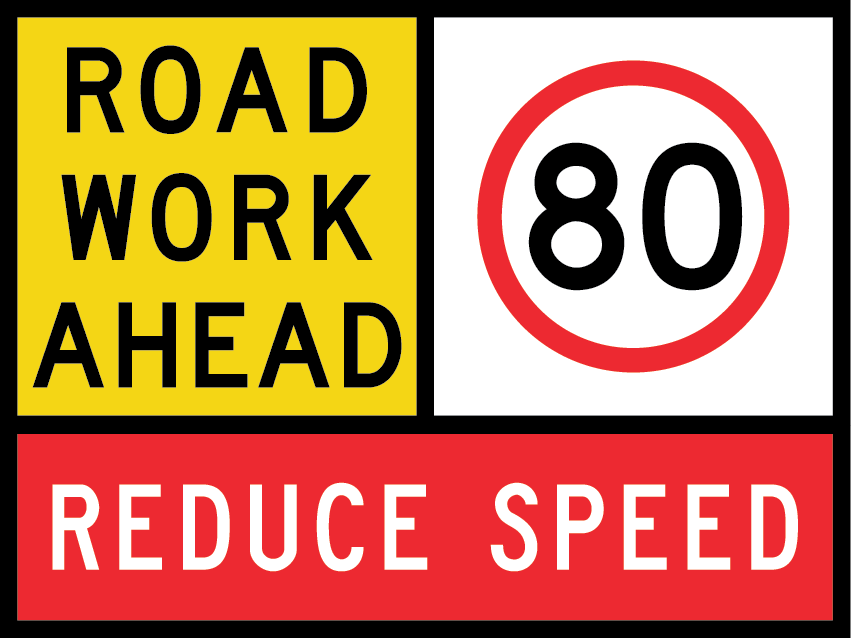
The reduce speed sign is usually the first sign you will see. It tells you to look out for upcoming roadworks or roadworkers, and to slow down to the speed limit stated on the sign, as road and traffic conditions may have changed. There may also be other measures in place to slow traffic such as temporary speed humps or rumble strips.
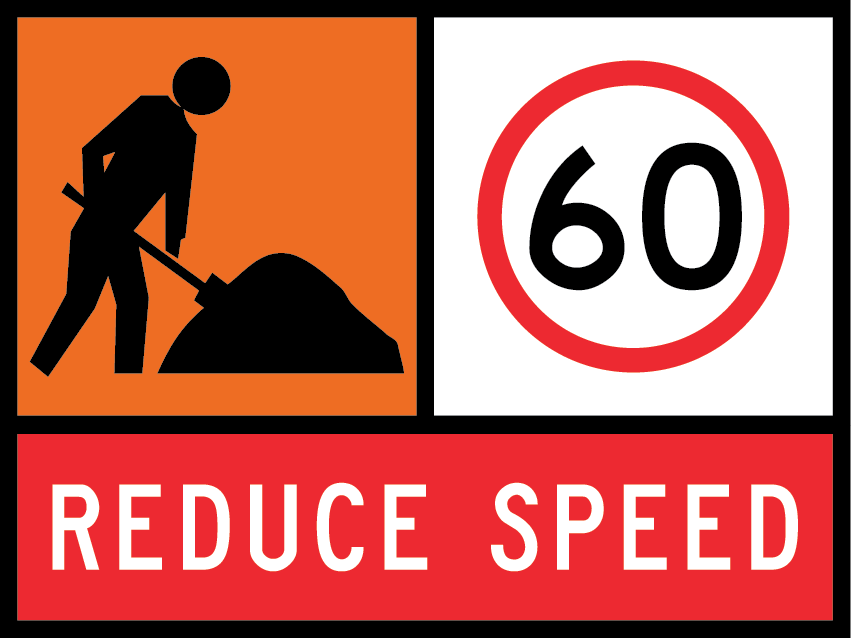
The reduce speed sign with the roadworker warning sign tells you to expect roadworkers on or near the road and to slow down to the speed limit stated on the sign. This sign is placed ahead of the work area and the distance to the work area may vary.
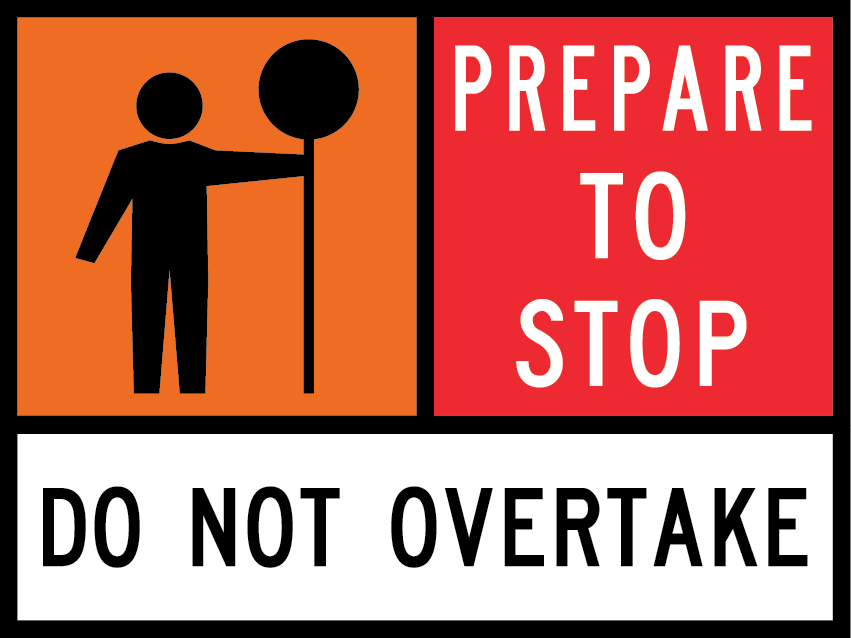
The traffic controller sign is used when traffic controllers are on the road. It usually comes after a reduce speed and roadworker warning sign. You must always follow the directions of the traffic controller.
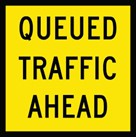
The queued traffic ahead sign is used at roadwork sites to warn you that there may be traffic stopped in a queue ahead.
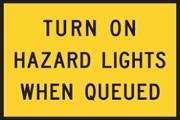
The turn on hazard lights when queued sign is installed ahead of a roadwork site. It tells drivers at the end of the queue to turn on hazard lights for increased visibility and awareness for approaching traffic.
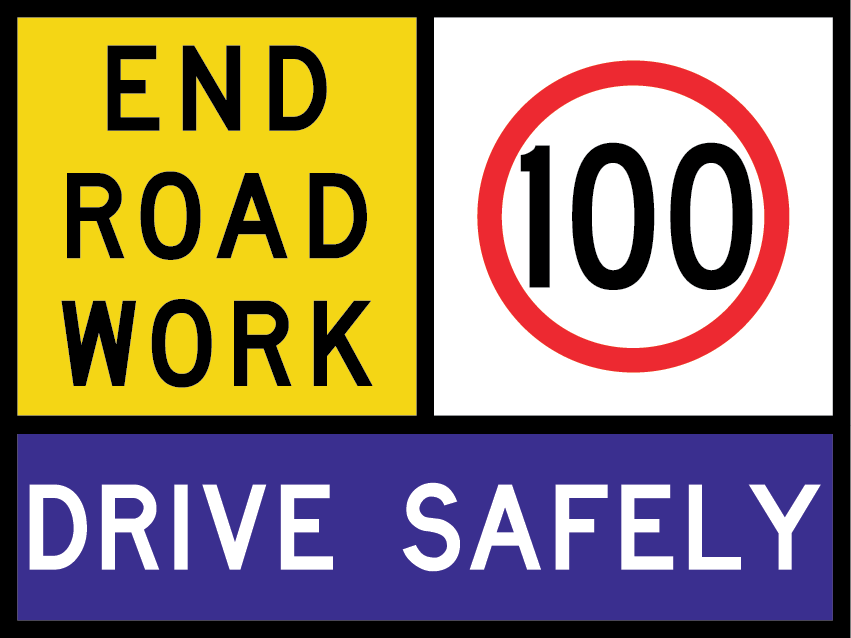
The end roadwork sign is the last sign you will see when driving through roadworks. It marks the end of the roadworks and tells you the speed limit that applies after passing the worksite.
Orange traffic cones are often put out within roadwork sites to guide you past the work area.
Safety barriers are used for the safety of roadworkers and road users.
Hazards at roadworks
It is important that you take care around roadworks, and adjust your driving to the changed road and traffic conditions. Changed conditions can include:
- uneven road surfaces
- loose gravel and stones
- excavated areas
- narrow lanes
- changed lane merges
- changed road configurations
- changed road shoulders
- work vehicles suddenly entering or leaving sites.
Reporting roadwork issues
If you would like to provide feedback or if you experience an issue when driving through a roadwork site you can contact us. We will then investigate the issue for you.
Complete the Department of Transport and Main Roads online form to submit your feedback.
Make sure to include the:
- location of the roadworks
- name of the road
- issue or problem you noticed
- date and time of day you drove through.


